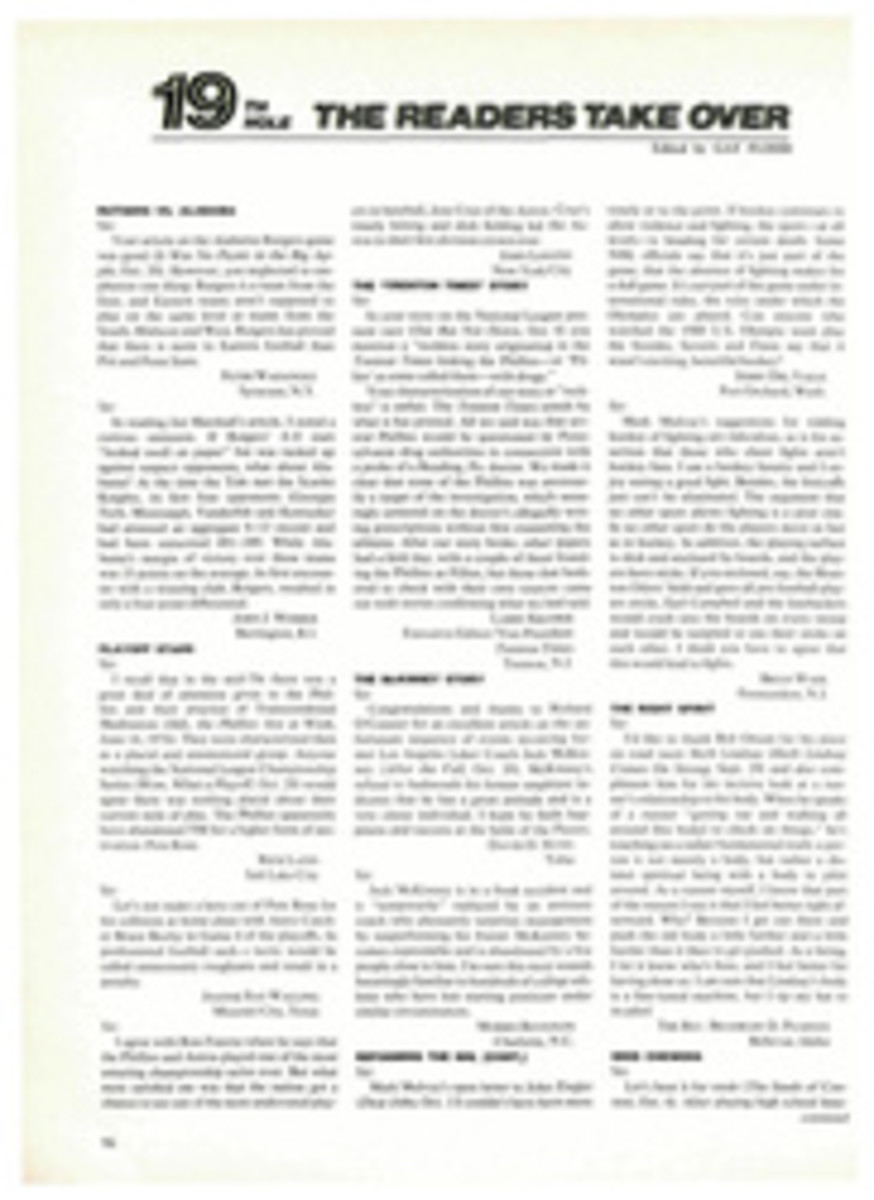
THE AUTHOR SEES A VOTE FOR TRAPPING AS ONE FOR NEEDLESS PAIN AND DEATH
The provisions of Ballot Measure 5, which Oregon voters will consider Nov. 4, are quite clear. Immediately upon passage, the measure would prohibit the use and sale of leghold, snare and body-grip traps for fur-taking. It would allow trapping for any human health or safety emergencies identified by the State Health Division. Until 1985, it also would permit trapping for predator control wherever the state Department of Agriculture has verified livestock losses. And despite the implications of its opponents. Measure 5 in no way would restrict the use of mouse, rat, gopher or live "box" traps.
A group called Oregonians Against Trapping spent nine months collecting 66,000 signatures to get Measure 5 on the ballot, and its members are working hard for passage. More than 25 local and national organizations support them, including the Defenders of Wildlife, the Humane Society, the Oregon Chapter of the Sierra Club, Greenpeace and the Friends of the Earth. Their principal reasons for supporting Measure 5 are that about 75% of trapped animals are taken accidentally; that laws requiring that traps be checked every 48 hours are not, and in fact cannot be, enforced; and that whether caught accidentally or on purpose, all trapped animals are either crippled or die unnecessarily cruel deaths.
Stockmen, trappers and furriers, timber companies and hunters are the major opponents of the measure. Many stockmen claim that coyotes, if left uncontrolled, will put them out of business. Oregon's 4,786 licensed trappers sell more than a million dollars' worth of pelts each year, though only about 200 of these trappers make a substantial portion of their income trapping. Timber companies are frightened by mountain beavers, which the companies control with body-grip traps. Some hunters are convinced that banning traps will be the first step toward outlawing all hunting.
So it's the same old story: people promoting their own interests ahead of broader concerns. In so doing, they are guilty of gross oversimplification and irrational thinking. A few years ago I wrote an article on coyotes for Earthwatch Oregon, a publication of the Oregon Environmental Council. I mentioned a Texas sheep rancher who caught coyotes in traps, sawed off their lower jaws and then turned the animals loose for his dogs to tear to pieces. I also referred to stockmen who scalped coyotes alive and to others who wired the animals' jaws shut, soaked their bodies in gasoline and lit them. I was amazed at the letters and phone calls I received from sheepmen and ranchers who insisted that such treatment was nothing less than coyotes deserved.
Coyotes have been abused in America for a long time. Consider the following passage from a book called Trapping, published in 1947: "Coyotes and wolves today make serious inroads on the stocks of sheep and lambs, cattle, pigs, and poultry, as well as on the wild game mammals and ground-nesting and insectivorous birds. Wherever these predatory animals occur in large numbers, they are a source of worry and loss to stockmen, farmers and sportsmen. The coyote is by far the most persistent of the predators of the western range country. Moreover, it is a carrier of rabies, or hydrophobia. The coyote has also been found to be a carrier of tularemia, a disease of wild rabbits and other rodents that is transmissible and sometimes fatal to human beings." Immediately following this indictment are detailed instructions on how to trap coyotes.
It has never been proved that trapping reduces the incidence of disease in animals. Obviously, traps cannot select only the sick ones, and by the time a disease is identified, it's usually too late to control it through population reduction. Besides, rabies, easily the most common contagious disease carried by animals, is far more likely to be spread by bats and domestic animals than by coyotes.
Nowhere does the book say that rodents make up the bulk of the coyote's diet and that in areas where the coyote population is on the decline, the resulting population explosion of rodents can be devastating. Also ignored is the fact that, ecologically speaking, sheep, with their deep-biting teeth and cutting hooves, have done far more harm to the earth than coyotes.
Though we have learned a good deal about coyotes since 1947, most stockmen either refuse to accept that knowledge or remain egregiously misinformed. Few are aware that the U.S. Fish and Wildlife Service handles trapping free of charge when it receives complaints of predation on domestic livestock. More than a million dollars was spent in Oregon last year on such predator control. That is nearly four times the value of the reported losses in livestock. According to an Oregon State University Extension Service report, livestock losses in the state caused by disease and accident outnumber losses to predators.
Sara Polenick, Northwest field representative for the Defenders of Wildlife, is lobbying in Salem for passage of Measure 5. Although she's making no predictions about the election, she is cautiously optimistic. "The opposition has spent a lot more money than we have," says Polenick, "but if we've made enough people understand what it is we want, we should have a chance. All we hope to stop is commercial trapping. Hunting isn't even an issue. Selectivity is the key. We want to end the indiscriminate killing and the suffering of tens of thousands of innocent animals. Deer, elk and livestock do more damage to the forest than mountain beavers, and the traps that timber companies set for beavers catch a lot of other animals, including the beavers' natural enemies. The only reason ranchers aren't using non-lethal control methods is that the government does that for them for free. The steel-jaw traps they use for trapping have hardly changed since the 19th century. But nearly everything else has, and we think the law should, too."
As far back as 1863, Charles Darwin penned an appeal against trapping. "If we attempt to realise the suffering of [an] animal when caught," he wrote in the Gardeners' Chronicle and Agriculture Gazette, "we must fancy what it would be to have a limb crushed during a whole long night, between the iron teeth of a trap, and with the agony increased by constant attempts to escape. Few men could endure to watch for five minutes, an animal struggling in a trap with a crushed and torn limb."
Sara Polenick and many people like her continue that appeal. One would hope that we have evolved to the point where a sufficient number of Oregon voters will listen.

